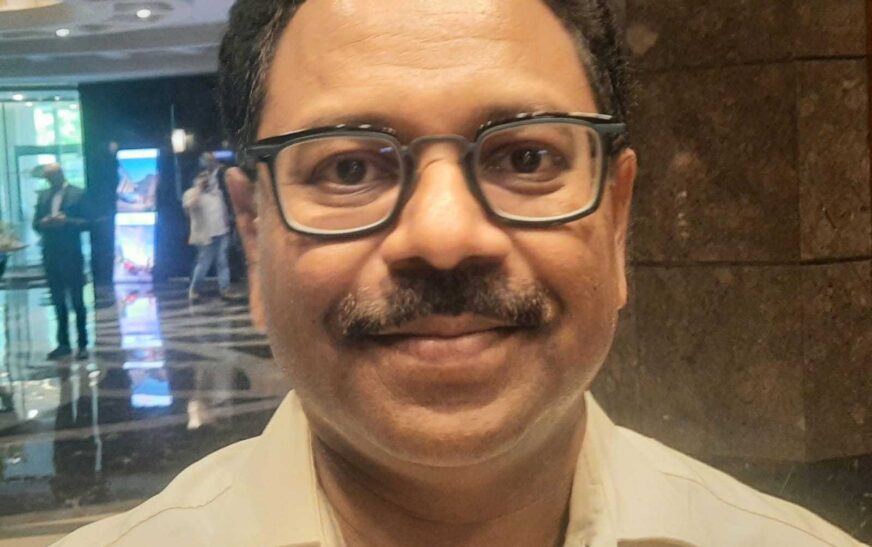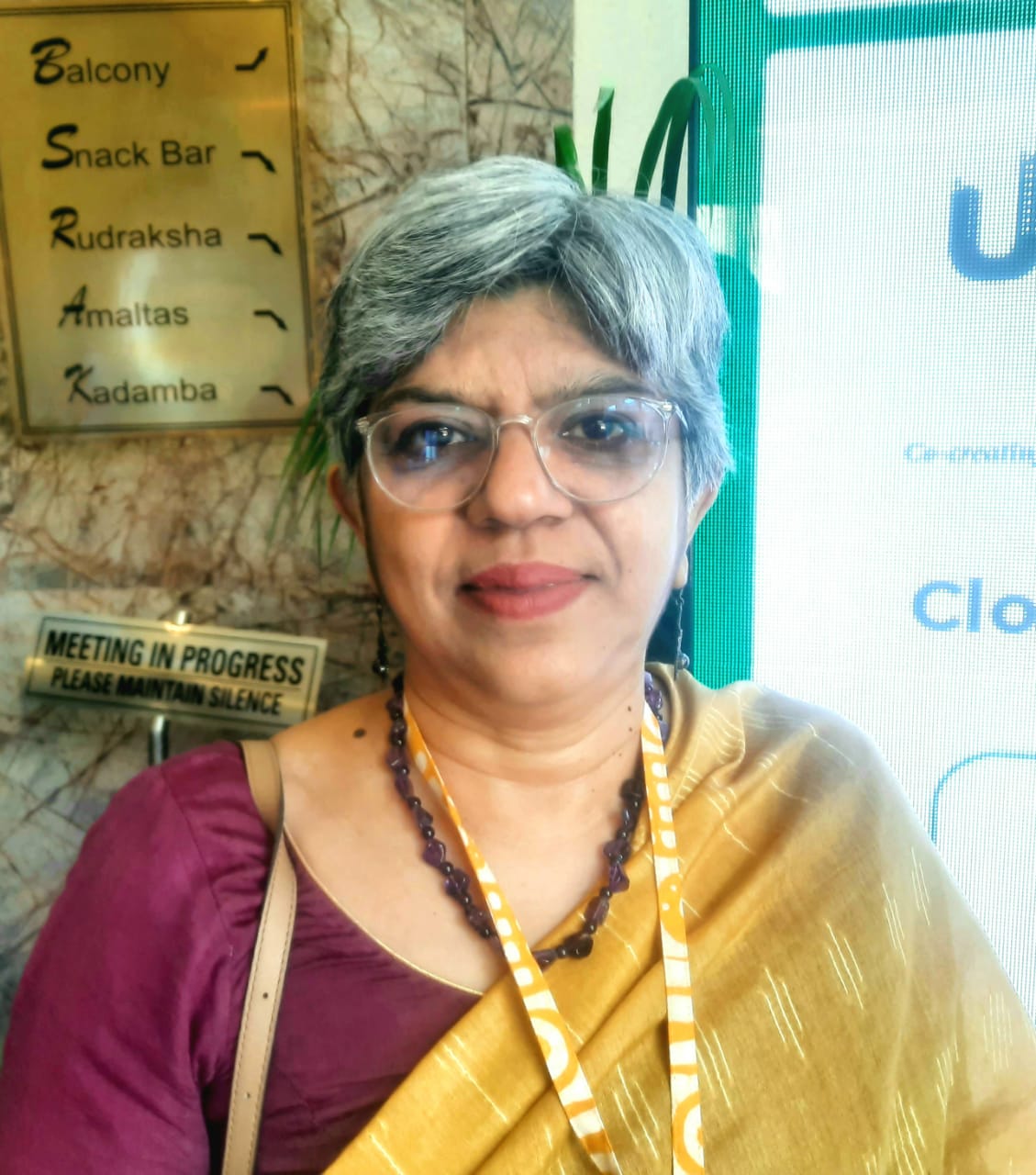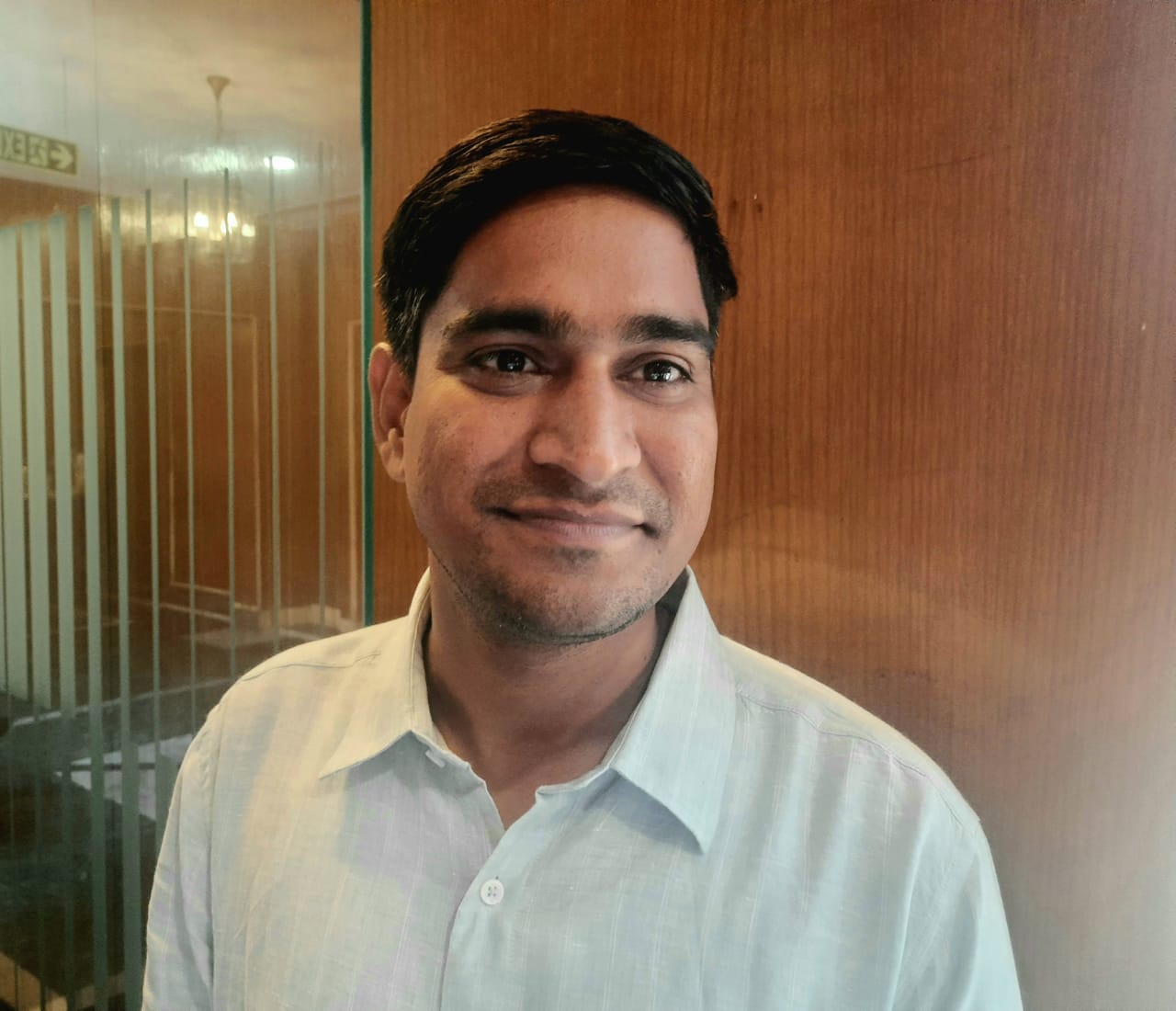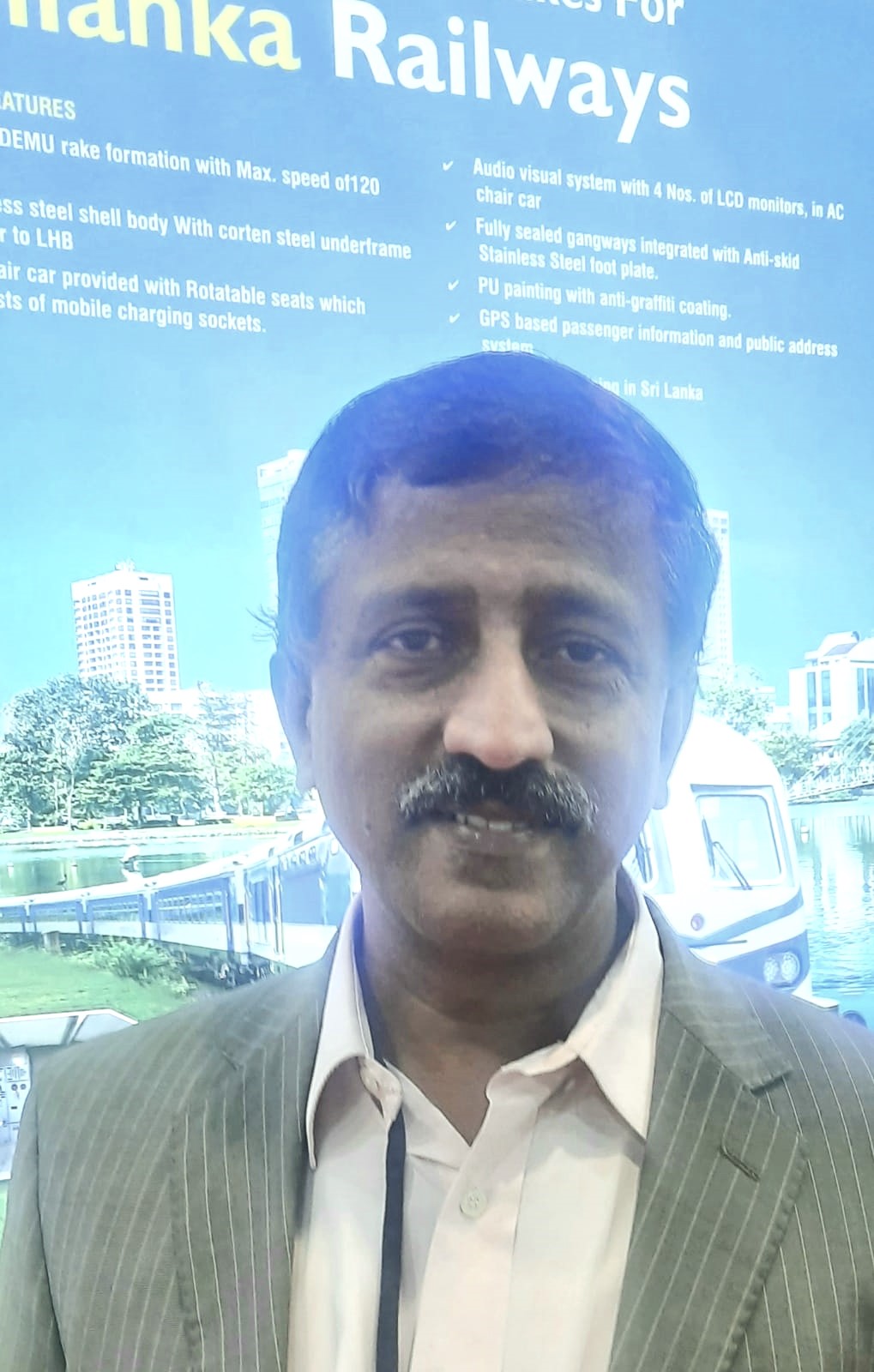The Indian tourism sector, a cornerstone of the nation’s economy, embodies a vibrant blend of culture, history, and natural splendor. From the majestic Himalayan peaks to Kerala’s tranquil backwaters, India offers a diverse array of attractions that draw millions of tourists both domestically and internationally each year. This sector is a powerful engine for employment, creating millions of jobs and fueling local economies. Recently, the trend toward experiential travel, including wellness retreats and eco-tourism, has gained momentum. In response, the government has launched initiatives like the Incredible India campaign and invested in infrastructure development to elevate the sector’s global standing.
While challenges such as infrastructure gaps and environmental concerns persist, the potential for sustainable growth in this sector remains vast. India’s unique blend of tradition and modernity positions the tourism industry for continued expansion, offering tourists enriching experiences and delivering substantial economic benefits.
In an exclusive discussion with The Interview World at the 1st Indo-US Tourism & Hospitality Summit, hosted by the Indo-American Chamber of Commerce (IACC), Suman Billa, Additional Secretary of the Ministry of Tourism, Government of India, highlights the latest trends in tourism and hospitality between the US and India. He elaborates on how the government is tackling challenges related to capacity building in skills development and infrastructure investment. He also underscores the critical role technology plays in enhancing the tourism sector and shares insights into the policies and initiatives designed to boost domestic tourism. Here are the key takeaways from the interview.
Q: How do you perceive the current trends in tourism and hospitality between the US and India? What are the key challenges facing this sector today, and how can government initiatives help address these challenges to strengthen and enhance the relationship between the two countries?
A: India’s strongest global engagement is with the United States, a relationship built on shared democratic values and a commitment to the rule of law. We are natural allies with much in common, and our partnership continues to deepen across various sectors.
Despite the positive numbers, especially in tourism, India has yet to fully capitalize on its immense potential. The U.S. remains one of the largest sources of inbound tourism for India, but there is still substantial untapped potential. We need to strategize on how to unlock this headroom and address existing choke points to maximize our growth.
India has consistently been the fastest-growing large economy for several years, with no signs of slowing down. This economic momentum, coupled with our natural affinity for the U.S., will open new avenues for collaboration. Tourism should be a key focus, as it can foster greater prosperity and strengthen the bonds between our peoples.
The potential for travel between India and the U.S. is immense, extending beyond tourism to include trade, technology, education, and more. To harness this synergy, we must simplify the visa process for Indian travelers and enhance connectivity with more direct flights.
Q: Capacity building in skilling and investment in infrastructure are significant challenges for the tourism sector. How is the government addressing these issues to support the industry’s growth and development?
A: To achieve our ambitious goals, we must prioritize several critical initiatives. First, we need to forge strong partnerships with state governments, working hand in hand to identify and unlock untapped investment opportunities across various sectors. This collaboration will be instrumental in driving growth. Additionally, we must streamline the ease of doing business by simplifying processes and removing bureaucratic hurdles, making it more efficient and attractive for investors.
Another key focus should be on partnering with states to allocate land reservations specifically for the development of hotels and hospitals, fostering growth in these vital sectors. Expanding infrastructure status is equally essential, as it will provide the necessary support for large-scale projects. By executing these strategies, I am confident that we will not only meet but exceed our current objectives, setting the stage for sustained success.
Q: Given the pivotal role technology is set to play across all sectors, how is the government planning to keep pace with these advancements and effectively integrate them into policy and practice?
A: We must adapt and stay ahead of the curve to effectively leverage technology for our benefit.
In tourism, digital marketing, particularly through social media, now dominates. Recognizing this, the Ministry of Tourism is undertaking a comprehensive overhaul of its strategy. The first step is to develop a website that serves as both an interactive platform and a primary point of contact for users.
Additionally, we are preparing to launch this initiative soon. Another challenge is how we can effectively harness the existing content created by various content creators to promote India’s tourism online. This is a critical area we need to focus on moving forward.
Q: What policy measures or frameworks is the government planning to implement to enhance domestic tourism?
A: Domestic tourism is thriving, representing a key pillar of our business. Current market trends show no signs of this growth tapering off. However, the challenge we face is twofold: first, we need to design and deliver unique, captivating experiences that will entice domestic tourists to continue exploring the diverse landscapes of India. Second, we must scale our infrastructure and services to meet the rising demand. Without strategic investments in both these areas, we risk losing a significant portion of this lucrative market to international alternatives, potentially diminishing the strong momentum we’ve built within the domestic tourism sector.









